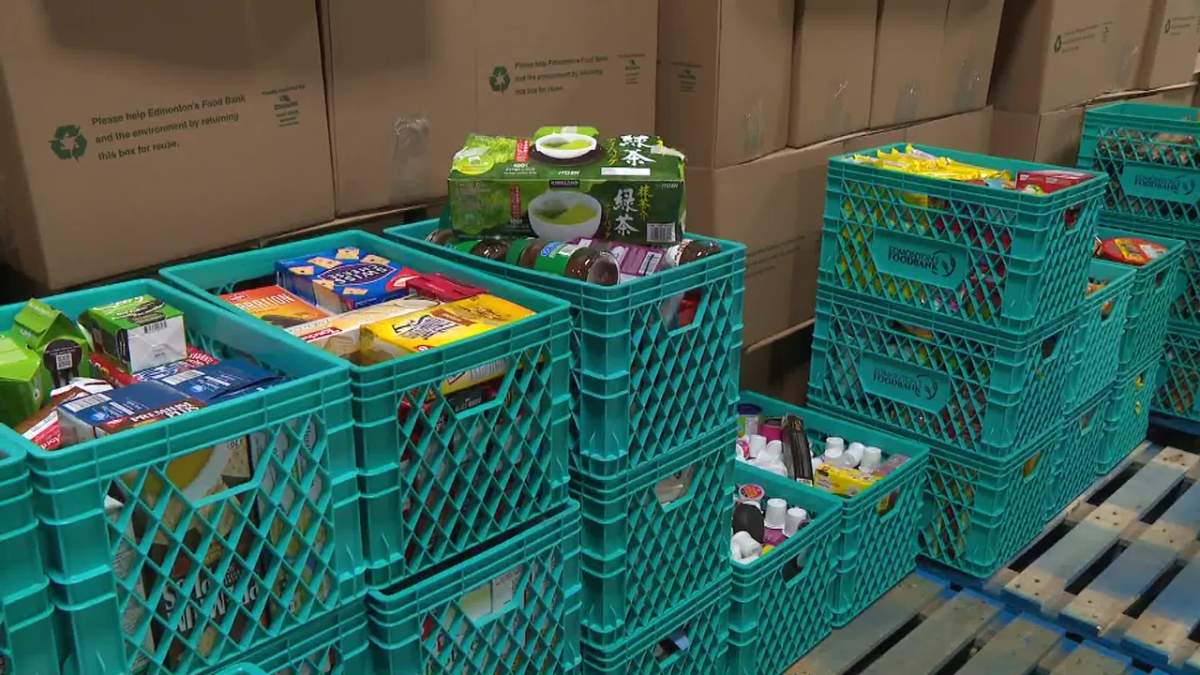The CEO of Hamilton Food Share estimates that 12,500 unique people are visiting a Hamilton-based food bank at least once a year.

“It’s been accumulating for 30 years up to this level,” says Joanne Santucci.
“It’s all really about the social safety net being degraded. The holes are so large that 13,000 people fall through every month. That’s just Hamilton. In the province, it’s over 500,000. Nationally, it’s 1.1 million.”
The revelation comes amid the completion of a four-year McMaster University study that showed about one-third of all low-income households in Hamilton use a food bank at least once a year and those households are commonly ones with children.
The research, which used data collected between 2015 and 2018, put 2016 census data over top of numbers provided by Food Share disclosing that food bank users are more likely to have gross incomes that are 40 to 60 per cent lower than an average low-income family.
“We see that food banks clearly serve households in the low-income population that have more members to feed and less income with which to feed them,” said Martin Dooley, professor emeritus in the department of economics at McMaster and co-author of the research.

Get breaking National news
“We’re talking about the poorest of the poor.”
The research also showed the 2016 Canada Child Benefit (CCB) program, a tax-free monthly payment for eligible families with children under 18 years, appeared to have little impact on food bank use.
The average payout from the program at present is about $6,400 per child per year.
Santucci says estimates from the study suggest the average single parent with two children on CCB is likely to have an annual income somewhere around $23,000.
“If you look at the low-income measure that sets the actual standard of living for providing food, shelter, the basic of needs, it’s $43,500,” said Santucci.
“So right now, that person with two children is living with $18,000 below the poverty line, which is almost 43 per cent.”
The analysis found that the bulk of income earned from that group primarily went to covering rent, internet services, utilities and transportation.
Food Share estimates there are about 100,000 people living in poverty in the city and that food banks are serving about 12 per cent of that group.
About 73 per cent of those users are on some sort of government income support, such as Ontario Works and/or Ontario’s disability support program.
“This dire outcome is attributable to the erosion of the social safety net and has led not only to an increase in poverty but also an increase in the depth of poverty experienced by families and individuals who count on that safety net to survive.”
Researchers of the latest study say they are now moving on to examine how COVID-19 and policy responses to the pandemic affected food bank use between 2019 and 2021.
Santucci said the pandemic precipitated the “rejigging” of 23 support programs across the city that primarily provide housing and food for those in need.
For local food banks, that included giving out larger hampers of food to decrease visits, and enlisting supports physically reaching out to families in an effort to abide by stat-at-home public health measures tied to COVID-19.
“So there was a bit of a decline, about a 20 to 25 per cent decline at first, but all those numbers are starting to come back now — almost 13,000 every month,” said Santucci.












Comments